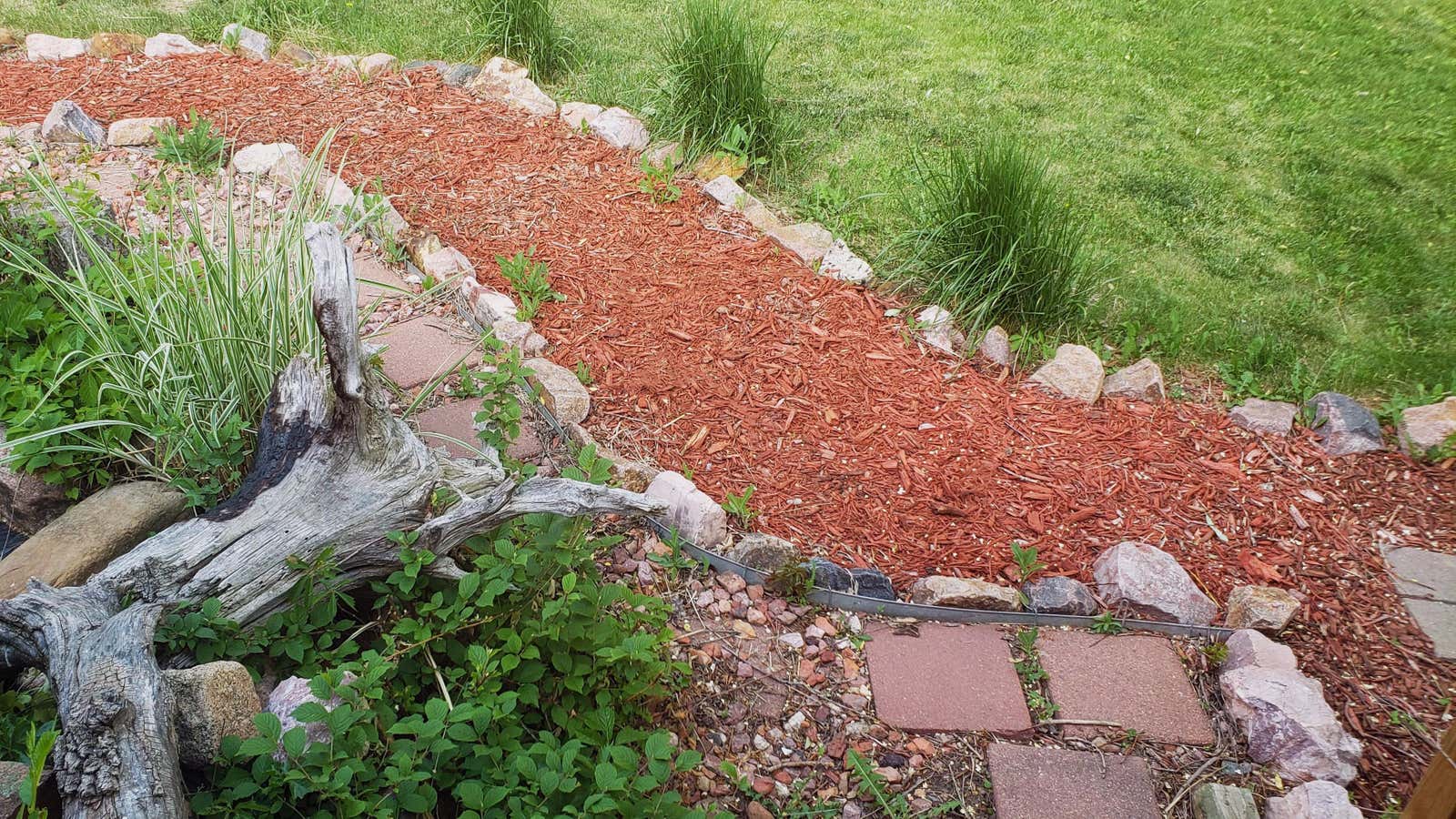How to Make an Inexpensive but Beautiful Garden Path With Your Own Hands

Adding paths to your garden can make it more attractive and reduce weeding and mowing. Paying someone to install paving slabs isn’t cheap, but there are ways to make beautiful, low-maintenance garden paths that don’t require you to rent heavy equipment or break your budget. Here are some ideas to get you started.
Gather tools and materials
All you need to get started is a shovel, a rake, the material you’ll be using to make the walkway, some edging, landscaping fabric , and stakes. A 2×4 piece or similar piece of lumber and a light sledgehammer or heavy hammer will also help. Once you’ve decided on your path, you can use these tools to get most of the work done in one day.
How to calculate how much material you will need
To plan the shape of your walkway, use a rope, hose, or string to mark it on the ground. This will help you visualize the length, width, and location of your path before you start digging. Once you’ve completed this step, you can use this free calculator to determine how much mulch or gravel you’ll need to get the job done.
3 easy DIY garden paths
Mulch and Cedar Path: A mulch path is a good option because it’s economical and doesn’t impact the surrounding soil too much. To create a mulch path lined with 12″ cedar shingles , you’ll need enough mulch to cover the area of your path, enough landscaping cloth to cover the area, and some cedar shingles. Cedar is a great choice for edging because it’s naturally pest-resistant and holds up well to moisture. To determine your path, use this piece of wood and your little sled to drive the shingles vertically along the edges. Then lay down the landscaping fabric and secure it. Finally, cover the path with mulch.
Reclaimed brick and gravel path. Another simple and cheap path, especially for high humidity areas where additional drainage can be used, is to use recycled bricks and gravel. For this project, you will need landscaping fabric, enough bricks to mark the edges of the path, and enough gravel to fill in the space between them. Lay down the landscaping fabric, then set the bricks along the edge to create a simple border. (The fabric will help hold the gravel and keep weeds from growing.) Then spread the gravel evenly between the two rows of bricks.
Steps with natural edge: To give your walkway a more whimsical look, use steps or circles carved from tree branches instead of curbs and fill in the space between them with gravel or mulch. You can let the edge of your path be organically defined by the shape of the ground. Lay down the landscaping fabric first and secure it. Place the steps along the predefined path edges, then add gravel or mulch around the rocks.
Use recycled edging materials
Another way to create a defined edge for your path while keeping your budget under control is to use recycled materials. Overturned glass bottles, broken china or terracotta pots are all acceptable options, but whatever fencing material you choose will work best if you place landscape fabric under the path to keep weeds out.